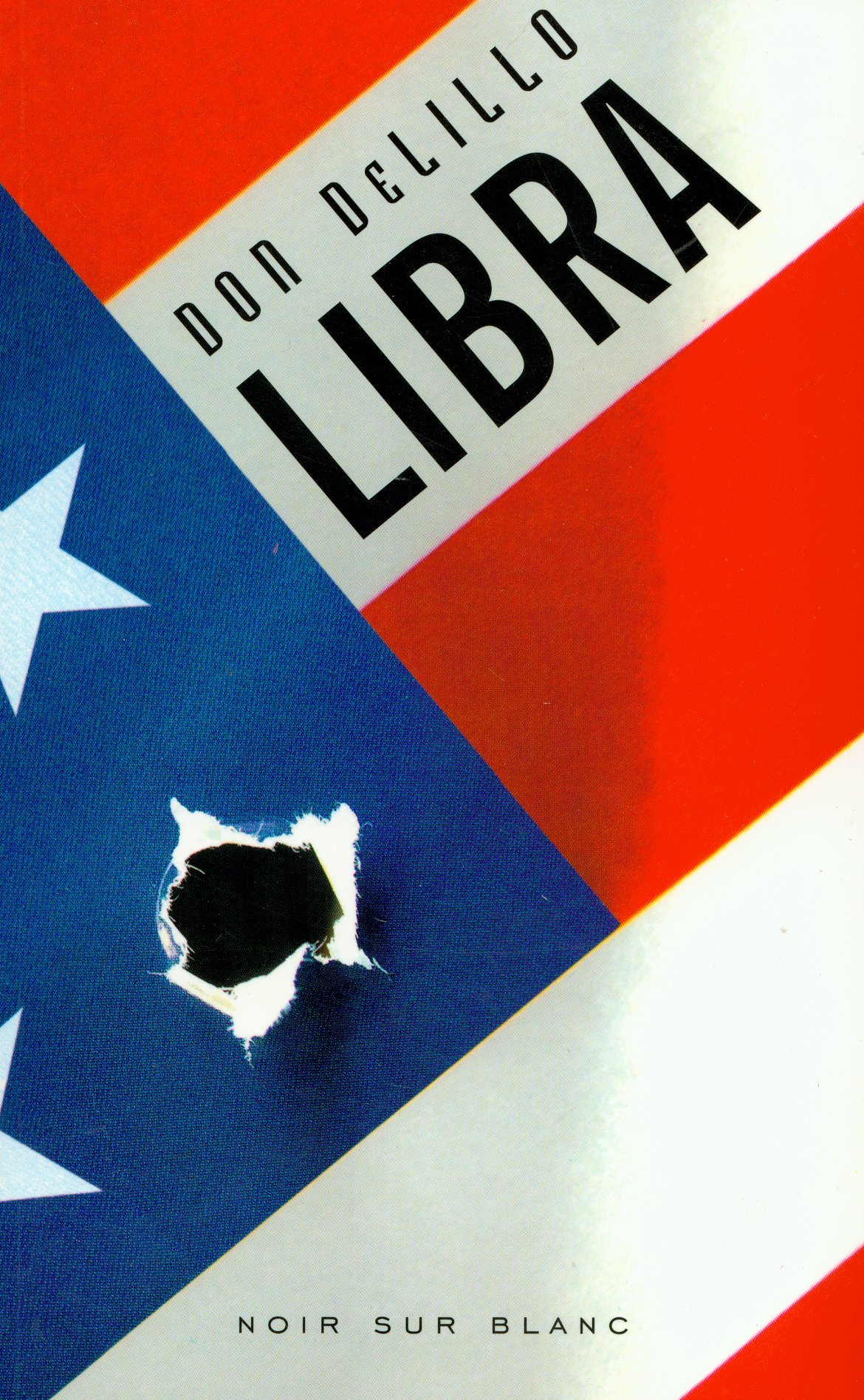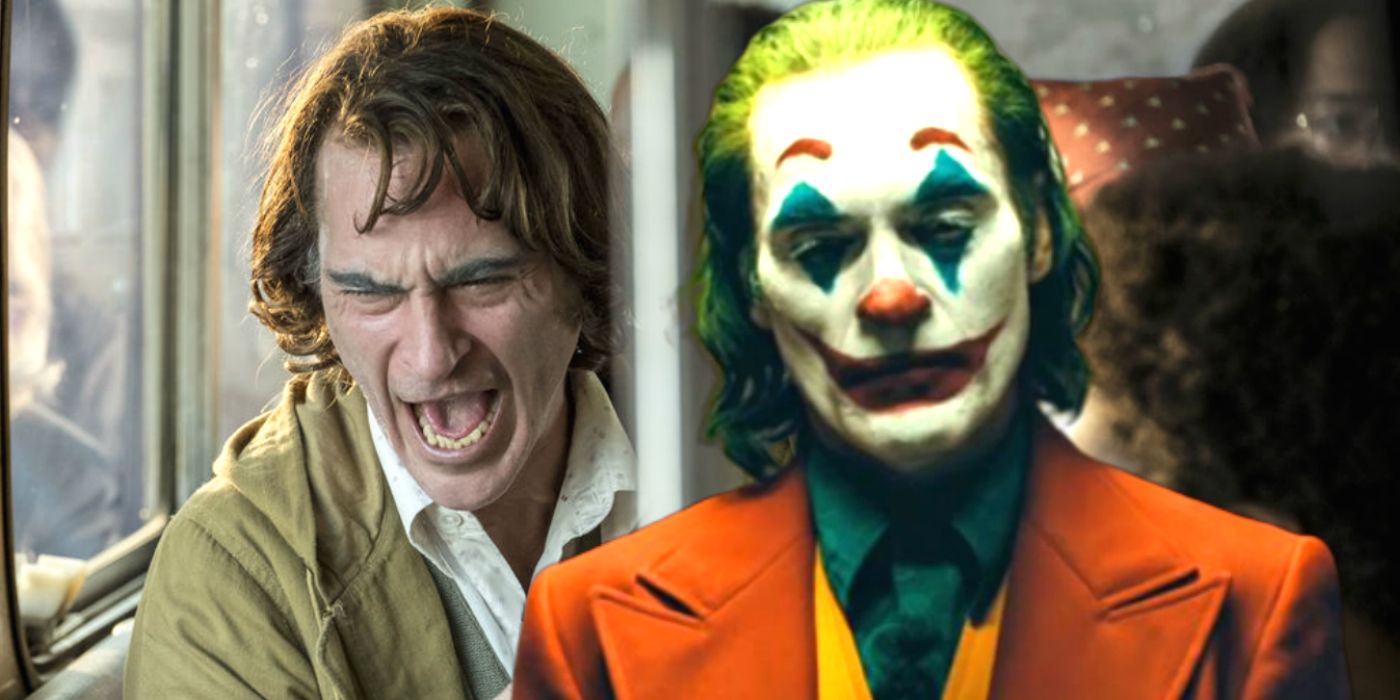Mohema Hussain, Admir Kasneci,Wesley Hoa, Lucas Fee
Presentation Explanation: For our presentation, we decided to create text message conversations based on the events described in the book, “Citizen: An American Lyric” by Claudia Rankine. The book is a mixture of different writing styles, including poems, interviews, information, etc. The book focuses on racial relations within the United States. It was published in 2014, but includes events from different years and eras in the narrator’s life. Through text message conversations, we hope to portray the deeper meaning behind the writings shared in the book, such as underlying themes and metaphors
Presentation LINK
Presentation Explanation: For our presentation, we decided to create text message conversations based on the events described in the book, “Citizen: An American Lyric” by Claudia Rankine. The book is a mixture of different writing styles, including poems, interviews, information, etc. The book focuses on racial relations within the United States. It was published in 2014, but includes events from different years and eras in the narrator’s life. Through text message conversations, we hope to portray the deeper meaning behind the writings shared in the book, such as underlying themes and metaphors
Presentation LINK
Kyle Kovacs, Ashley Shukman, Evan Zhou
Citizen: An American Lyric Walkthrough: The book-length poem Citizen: An American Lyric by Clauida Rankine highlights personal and historical experiences of African American indivduals consistently facing microaggressions in a world considered “post-racial”. The book consists of seven poetic sections accompanied by images of paintings, drawings, sculptures, and screen grabs. The poem is broken up into multiple chapters each showing personal and media produced examples of how racism and microaggression exists in the 21st century. In the beginning, Rankine focuses on microaggressions aimed at 'you', the unimagined narrator, she uses 2nd person pronouns in order to get the reader emotionally involved within each experience. Because there is a change of point of view, the reader can feel emotions based on their personal reaction with being involved in each scenario. For example, in the scenario with the airplane, the reader images themselves sitting in the row and being approached by a woman and her child. Based on their interaction of disappointment of their seats and the mother making sure she sits next to the narrator, the reader is able to assume the mother’s uncomfortableness and can feel angered and hurt. By creating this switch in perspervie, it reveals the micro-aggression which takes place in society and allows for the reader to experience the problems African American citizens face in everyday life. In the book, both sighing and tennis can be considered a symbol. The sigh represents a disadvantaged disposition to the world. It seems more upsetting than using moan, which is a more acceptable means of communicating sadness in society. For each sigh, the world responds with "stop that," and yet the narrator continues to sigh (71) which reminds the emotional experience of the narrator to the audience. On the other hand, Tennis is represented as the black’s experience in the world. It was initially brought about by describing racial incidents in the career of tennis-player, Serena Williams, which reveal the dark side of the sport to readers. For example, the line judges observe and address Serena's black body, and the whole complex seems to reject her presence. Fouls are called when they are not deserved, and emotions are kept inside at other times. It allows the readers to experience the problems that African Americans are facing. Coming to court is the same as taking on America's racial problem. Rankine’s ability to portray the modern African American’s life living in a state of consistent injustice both creatively and persuasively highlights the dualistic nature of living life as a black American. That is, one’s life lived in a multitude of normalized spheres. Some stem intra-culturally within black communities and some of which extend into grander societal norms that they must conform with, (American society as a whole). It’s necessary to understand the implications of alienation upon populations, Rankine argues. The need to bring issues to light not only using intricate writing styles but also through vivid imagery paints a vibrant flag of dire action, that is action to duly and justly support an integral part of American society. Stories have previously portrayed life of the black American through normalized stylistic choices, yet Rankine notes the back and forth tennis battle for equality that these individuals strive for on a daily basis complemented with sighs and a lack of individualistic identity for people at whole, creating voices that come from seemingly nowhere, but escape the void long enough to tell their stories collectively.
Presentation LINK





















